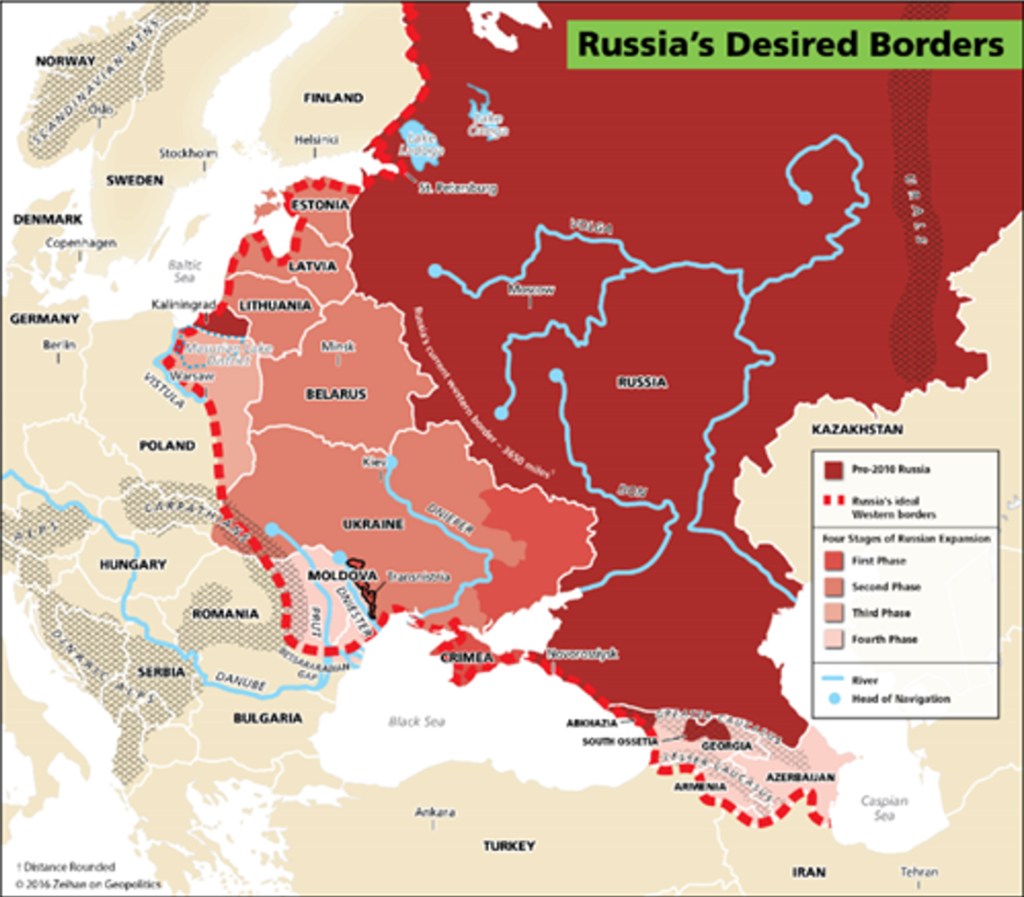Taiwan’s Next: Hard Power versus Soft Power In February the world saw a naked demonstration of what is called “hard power” or the willingness of a country to coerce another to get what it wants. By comparison, “soft power” persuades others to achieve its goals. The power approach generally reflects the domestic method of leadership achievement – autocratic hard power leaders at home generally follow a similar approach abroad because that is how they see reality and hard power worked for them to become supreme leader. Leaders of democratic countries in contrast generally achieve their positions through soft power, which still can be very nasty (think House of Cards or Survivor) but generally do not result in being sent to the gulag or re-education camps. Putin and Xi are the contemporary examples of hard power and Biden, Macron and Merkel are likewise for soft power.
The Western rhetoric has been focused on Putin’s personal psychology; this is misguided. Russian leadership psychology has been unchanged since Catherine the Great – the expansion eastward, westward and southward to build buffer areas to protect the heartland. While Peter Zeihan’s Disunited Nations (2019) expanded this notion in further detail, the short version is that Russia, facing demographic decline, has to find natural defenses to focus its inevitably shrinking army. In Europe that is found on the west side of the great plains of Ukraine as seen in the map to the right from his book. While neutering NATO’s response via economic coercion (effective control of Germany’s energy needs as negotiated by Merkel and Germany’s closure of their nuclear power plants), Putin saw he could fulfill Russian geostrategic logic by invading Ukraine. With Ukraine and Russia supplying 45% of the world’s wheat exports and strong positions in other commodities (energy, food, metals), Putin and future Russian leaders could maintain their gains, as repugnant as the situation may be. What exactly will happen is unknown, but the soft powers are playing catch-up as deterrence failed.
China is angling for a similar outcome with Taiwan: the world needs China’s goods and technology so it can leverage that dependency to shield itself from repercussions if it invades. Takeover accomplishes a number of goals including increasing global economic dependency on itself by taking the semiconductor plants and other Taiwanese technology as well as improving naval access to the Pacific, particularly for its submarine fleet. While China is dependent on raw material imports, there is Russia to act as a supporting power in this regard. Unfortunately for China (and fortunately for soft powers), invading over sea is much, much harder than over the flat Ukrainian plain. Taiwan is also better armed militarily and psychologically than Ukraine to deny China, including the realistic ability to retaliate by destroying the Three Gorges Dam, which could flood the river zone all the way to Shanghai, potentially killing tens of millions and causing unprecedented economic damage. So China may be in check for now, but their military build-up combined with feeble opposition by soft power leaders leaves the door unlocked.
What is the lesson? Soft power only works if backed up by hard power and minimal dependency to hard power states. The soft powers have hard power at their disposal but their leadership psychology often limits them to negotiation and half-measures (e.g., Biden’s faux sanctions that still allow commodity exports and financing, though with limitations). Their purposeful economic enslavement to hard powers for commodities and finished goods further compounded the soft powers’ inability to respond (or even to deter) effectively. While exclusive soft power is the ultimate goal for humanity’s long-term future, the world is not past the hard power stage. I worry that the soft powers have cripplingly failed to realize this.
David Burkart, CFA
Coloma Capital Futures®, LLC
www.colomacapllc.com
Special contributor to aiSource

